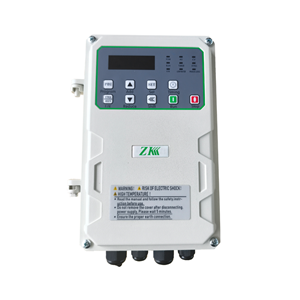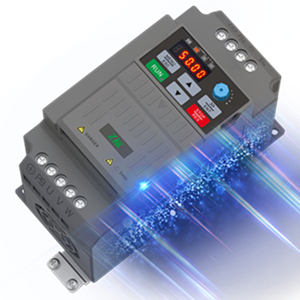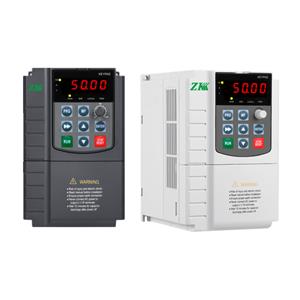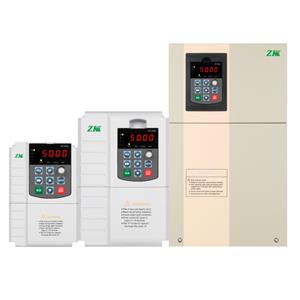Function Principle of Photovoltaic Inverters
Photovoltaic inverters are the "heart" of solar power systems, serving as the critical bridge between solar panels and end - use electrical devices or the power grid. Unlike traditional power conversion equipment, their core mission is to transform the low - voltage, unregulated direct current (DC) produced by solar photovoltaic modules into stable, grid - compatible alternating current (AC). This conversion is non - negotiable because nearly all household appliances, industrial machinery, and public power grids rely on AC power to operate efficiently.
The internal structure of a photovoltaic inverter is a sophisticated integration of hardware and software. At the hardware level, it consists of DC input circuits, DC - AC conversion modules, filtering circuits, and grid - connection control units. The DC input circuit first stabilizes the fluctuating DC power from the solar panels, preventing voltage spikes from damaging subsequent components. The DC - AC conversion module, which is composed of power electronic switches such as insulated gate bipolar transistors (IGBTs), rapidly switches the DC power on and off to generate a rough AC waveform. This waveform is then smoothed into a pure sine wave through the filtering circuit, meeting the strict requirements of the power grid and electrical equipment.
Software - wise, Maximum Power Point Tracking (MPPT) technology is the key to maximizing energy efficiency. MPPT algorithms continuously scan the voltage and current output of the solar panels, calculating the combination that yields the highest power. Since solar panel output is highly sensitive to sunlight intensity, temperature, and shading—for example, a 10°C increase in panel temperature can reduce efficiency by 5%—the MPPT system adjusts the working point every few milliseconds. In practical applications, a high - quality MPPT inverter can increase the annual energy harvest of a residential solar system by 15% - 25% compared to inverters with basic tracking functions. For grid - connected systems, an additional phase - locked loop (PLL) module ensures that the generated AC power is perfectly synchronized with the grid's voltage (typically 220V or 380V), frequency (50Hz or 60Hz), and phase, avoiding power fluctuations that could disrupt the grid stability.
[Insert an image here showing the internal circuitry of a photovoltaic inverter with labels indicating the key components like the DC input circuit, IGBT - based conversion module, filtering circuit, MPPT controller, and PLL unit. The image should be clear and high - resolution, with a white background for better visibility.]
Get the latest price? We'll respond as soon as possible(within 12 hours)
more products
News
Featured Products
Contact Details




